The American workforce is confronted with acute worker shortages in some fields, such as computer science and nursing, and worker surpluses in others, such as agriculture and construction. The paradox of simultaneous unemployment combined with high worker demand in certain fields is a persistent challenge of the 21st century.
BHEF’s Aligned Workforce Model helps to explain many of the challenges we see in the workforce today and asks what would happen if we created policies that better align the education and workplace systems. Using an agent based approach (the same type of modeling used to track disease vectors), this model tracks individuals as they leave the education system and enter—and progress through—the workforce. Individuals have varying skill and knowledge levels, receive differing types of professional development and training, and eventually leave the workforce through retirement or job loss.
Using this simulated system, we can ask questions about what happens when we focus on teaching specific skills, hire based on an individual’s ability to learn, and provide specific types of training and education throughout an employee’s career. It provides a visual illustration of the positive benefits of hiring individuals more closely aligned to the workforce need. Some specific outcomes addressed are: Unemployment rate, employee turnover/retention, workforce effectiveness/employee happiness, and productivity/profitability.
